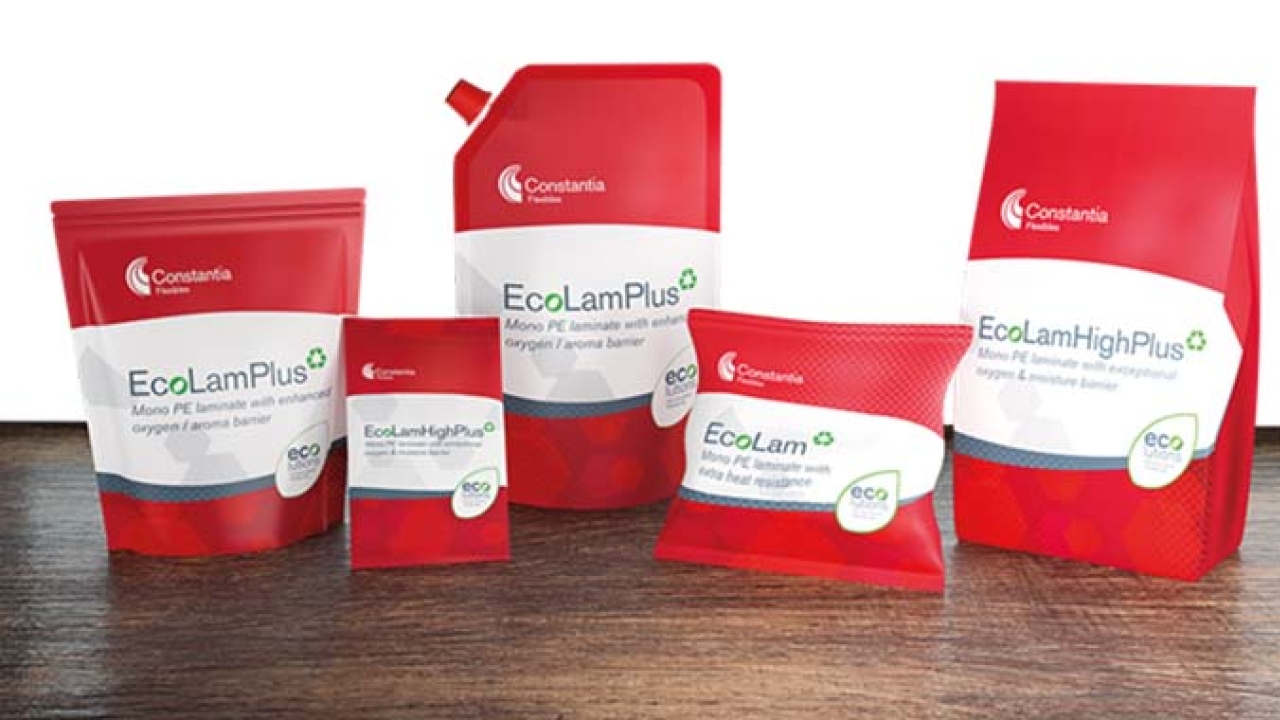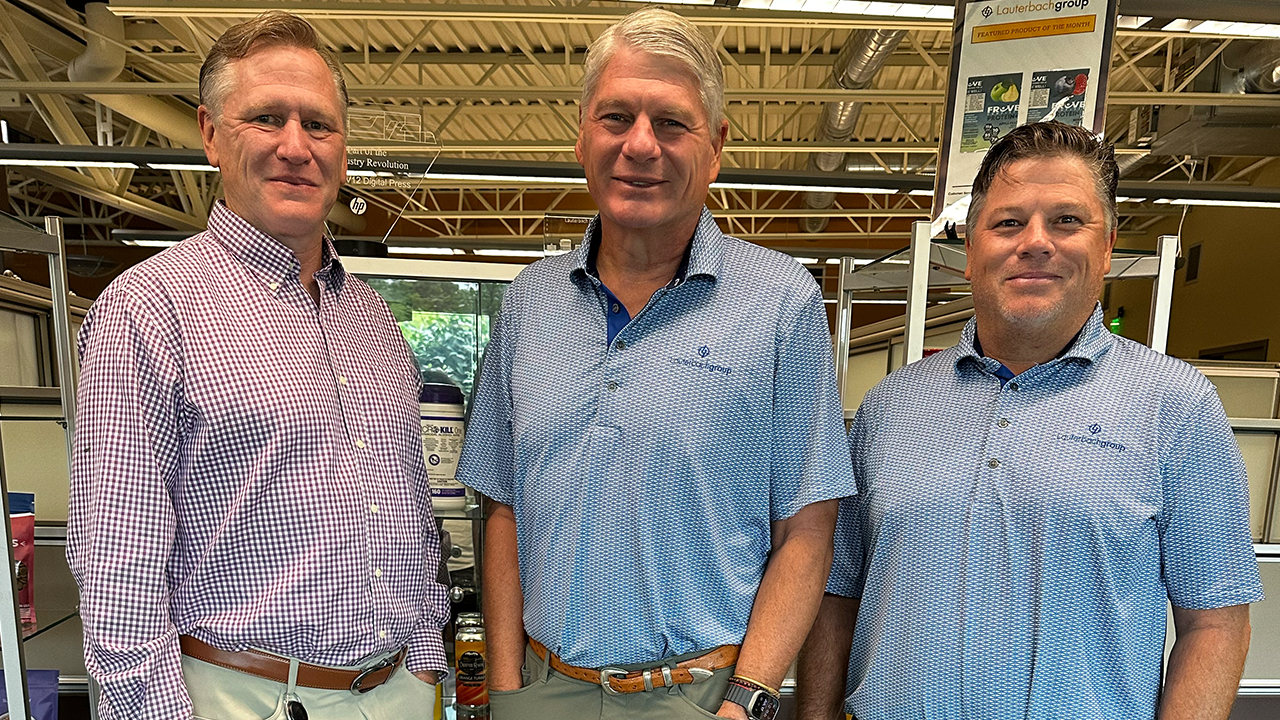Constantia Flexibles reaches milestone in recycling
Constantia Flexibles has achieved up to 80 percent recycled content in a PE film using EcoLam laminates’ waste, proving that packaging can offer high barrier and high recyclability characteristics while saving valuable resources.

In 2019, Constantia’s EcoLamHighPlus became the first high-barrier laminate to be tested by the RecyClass Initiative of European Plastics Recyclers for its recyclability in the existing LDPE (low-density polyethylene) recycling stream. It was successfully proven that polyethylene laminates with high barrier properties, which were previously only achievable with aluminum laminates, can also be recycled.
The packaging company has reached another milestone: an industrial recycling trial of EcoLam laminates. The production waste from different EcoLam family laminates, including EVOH (ethylene-vinyl alcohol copolymer), metallization, adhesives and inks, was shredded and sent for reprocessing. Constantia’s partner Erema successfully reprocessed it into regranulates on an industrial scale extruder. These were then converted into a new film in Constantia Pirk and used to laminate new EcoLam materials as a sealant.
Depending on the ink system used, the company achieved recycled content of up to 80 percent in the lamination, with only the sealing layer made from virgin material due to its functionality. Constantia Flexibles has demonstrated that printed and metalized PE-based laminates from the EcoLam family can be reprocessed, closing the loop for its use in non-food packaging applications.
According to Constantia, further examinations showed that the type of adhesive, as well as the type of printing inks used, have a significant influence on the quality of recyclable material. The company currently investigates whether printed laminates can also be reused in food applications with suitable adhesives and inks.
‘In a circular economy, it is crucial that recyclable packaging laminates can be reused by the laminate manufacturers themselves, as is already the case for many coextruded films, i.e., films consisting of several materials,’ commented Prof. Dr Achim Grefenstein, senior vice president of Constantia Flexibles' R&D. ‘The current practice of incinerating or downcycling production waste will then be a thing of the past – an important step towards a more sustainable future.’
Stay up to date
Subscribe to the free Label News newsletter and receive the latest content every week. We'll never share your email address.

